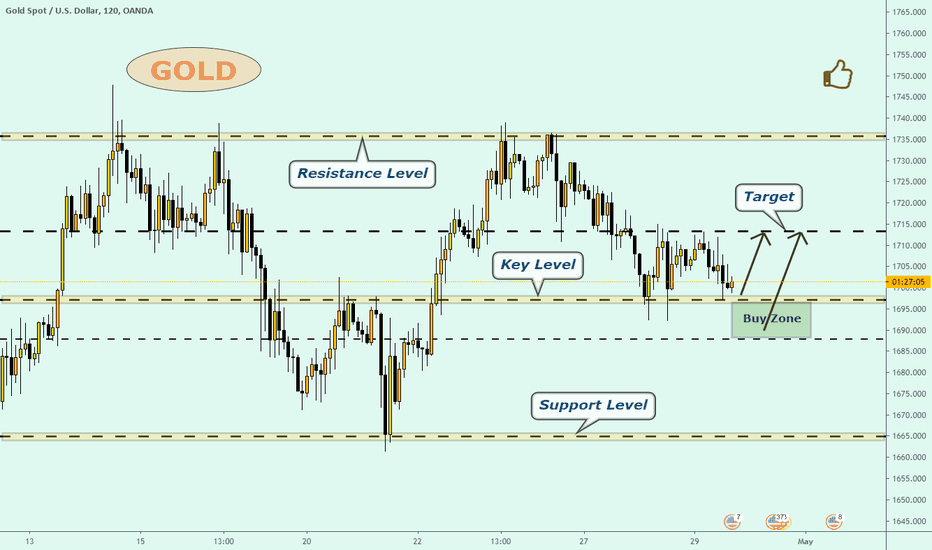Содержание

The issues are also managed and serviced by the Reserve Bank of India. A 10-year Treasury note is a debt obligation issued by the United States government that matures in 10 years. The price of the note may fluctuate based on the results of the auction.
Competitive bidders who maintain funds or current account and securities account (Subsidiary General Ledger account) with RBI are members of the E-Kuber Platform. Harrison has some savings that she wants to give her daughter as a wedding gift. Since the wedding is in 1 year, she wants to invest the money wisely to increase the size of her gift as much as possible, but she’s scared that she might lose money by investing in the stock market. Kindly suggest if arbitrage funds are ok for earning high returns with low risk. A government security, sold through Reserve Bank of India for short-term loans, 91 days to 364 days.
What is Long Term Repo Operations (LTROs)?
A treasury bill is a safe and secure type of investment ideally suited for investors who refrain from taking any risks. For investors who have various types of investments, including those in the stock market, a T bill is a tool to diversify their portfolio and reduce their risk. Treasury bills are short-term financial instruments payable by the Central government, making them completely risk-free. Issued by the RBI, T bills are a liability to the Centre and are required to be repaid on a predetermined date.

Government paper with tenor beyond one year is known as dated security. At present, there are dated securities with a tenor up to 20 years in the market. T-bills are available for a minimum amount of Rs.25,000 and in multiples of Rs. 25,000.
Advantages and limitations of treasury bills
Hence, a treasury bill is one of the most secure forms of investment available in the country. These sovereign bills play a crucial role in regulating the total money supply in an economy, which, in turn, influences funds pooled into the capital market. Short term capital gain realised on these bills is subject to STCG tax at rates applicable as per the income tax slab of an investor. New issues of T-Bills can be purchased at auctions held by the government on the TreasuryDirect site. These are priced through a bidding process, with bidders ranging from individual investors to hedge funds, banks, and primary dealers. This allows the retail investors to place their noncompetitive bids.
Fed’s Balance Sheet Drops by $626 Billion from Peak, Cumulative … – WOLF STREET
Fed’s Balance Sheet Drops by $626 Billion from Peak, Cumulative ….
Posted: Fri, 03 Mar 2023 06:03:00 GMT [source]
However, an increased federal fund rate continues to draw investment in other debt securities, which leads to a decrease in the T Bill rate due to lower demand. The fall lasts until the interest rate of the T-Bill is higher than the federal fund rate. The bills of the treasury are exchanged at a discount of their true value.
How do you make money on Treasury bills?
The advantages of NDS-OM are price transparency and better price discovery. V) Inflation Indexed Bonds – IIBs are bonds wherein both coupon flows and Principal amounts are protected against inflation. The inflation index used in IIBs may be Whole Sale Price Index or Consumer Price Index . In India, Government of India through RBI issued IIBs in June 2013. Since then, they were issued on monthly basis till December 2013.
- As mentioned earlier, treasury bills are zero-coupon securities which means that holders of such bills do not earn any interest on the deposits.
- The rate of return depends on the market conditions and other factors.
- It is time to understand its types, advantages, disadvantages, the process of purchasing treasury bills, and much more.
- Treasury bills have a maturity of one year or less, and they do not pay interest before the expiry of the maturity period.
- Conversely, during recessions, investors tend to invest in T-Bills as a safe place for their money spiking the demand for these safe products.
VFT would also be required in the case of distribution of https://1investing.in/ to the beneficiary demat/gilt accounts on allotment after participation in the non-competitive segment of the primary auction. TreasuryDirect.gov says that treasury bills are sold in terms ranging from just a few days to fifty-two weeks. Institutional investors like treasury bills because they are as close as one can get to being a risk-free investment – they are guaranteed by the federal government. Treasury bills, also known as T-bills, are short term maturity promissory notes issued by a national government – their maturity is usually three months, but may range from just a few days to up to twelve months. However, some holders may want to cash out before maturity and recognise the short-term interest gains by reselling the investment in the secondary market. The auction is on every Wednesday of reporting week and repay on the following Friday after the term gets over.
What is RBI’s Dollar-Rupee swap auction?
Treasury bills are issued when the government needs money for a short period. These bills are issued only by the central government, and the interest on them is determined by market forces. T-Bills are government debt instruments that the government issues for the purpose of raising funds for various reasons. Essentially an individual or institution is lending money to the government. These instruments are issued for periods of 91 days, 182 days, 273 days and 364 days, meaning they mature within a year, making them short term debt instruments. The agent that manages the issuing of these instruments on behalf of the government is the bank of Namibia.
Treasury bills have a maturity date of between four weeks and one year. Banks can issue CDs for maturities from 7 days to one year whereas eligible FIs can issue for maturities from 1 year to 3 years. Currently, SDL auctions are held generally on Tuesdays every week. As in case of Central Government securities, auction is held on the E-Kuber Platform. 10% of the notified amount is reserved for the retail investors under the non-competitive bidding. Ii) Floating Rate Bonds – FRBs are securities which do not have a fixed coupon rate.
Avoid Series EE Savings Bonds – Seeking Alpha
Avoid Series EE Savings Bonds.
Posted: Fri, 03 Mar 2023 11:30:00 GMT [source]
Ninety-one day’s treasury bills are issuing at a fixed discount rate of 4% as well as through auctions. The discount rate on these bills quotes in the auction by the participants and accepted by the authorities. In the same way, the rate is fixed for 91 days treasury bills sold through auction. 91 days treasury bills can rediscount with the RBI at any time after 14 days of their purchase. Treasury bills are usually held by financial institutions including banks. T-bills are the key segment of the financial market, which is utilised by the government to raise short-term funds, for fulfilling periodic discrepancies between its receipts and expenditure.
The Treasury Bills explain in their key points; meaning, features, types, and importance. Treasury bill market refers to the market where treasury bills buy and sell. Treasury bills are very popular and enjoy a higher degree of liquidity since they issue by the government.
One type of treasury bills means bills matures after 91 days of being issued. With a minimum investment of Rs 25,000, these T bills can be bought in multiples of the same amount. These bills are also auctioned on Wednesday and their payments are made on Friday. Market risk for other kinds of government securities is the outcome of the negative movement of the assets’ prices as a consequence of changes in interest rates. They do provide assured returns from the sale of Treasury Bills.
If you are interested in investing in treasury bills, you can easily do so with your demat account. And in case you do not have an account yet, worry not because you can open an online demat account with Motilal Oswal in a matter of just a few minutes. These securities are also auctioned every week, and they are issued in multiples of Rs. 25,000.
What Is a Treasury Bill (T-Bill)?
The Reserve Bank of India had last month auctioned three Treasury Bills (T-Bills) at higher cut-off yields, dropping some hints on the hardening of short-term interest rates. It takes T+1 days to settle the process of transferring treasury bills. These bills are issued in the dematerialised form and credited to the holder’s subsidiary ledger account , or in the physical form.

The bonds also become illiquid when there are no frequent reissuances by the issuer in those bonds. Bonds are generally reissued till a sizeable amount becomes outstanding under that bond. However, issuer and sovereign have to ensure that there is no excess burden on Government at the time of maturity of the bond as very large amount maturing on a single day may affect the fiscal position of Government. Hence, reissuances for securities are generally stopped after outstanding under that bond touches a particular limit. Due to illiquidity, the investor may need to sell at adverse prices in case of urgent funds requirement. However, in such cases, eligible investors can participate in market repo and borrow the money against the collateral of such securities.
What to Do at Maturity
Maturity periods for treasury bills may last a matter of days, weeks, or months, but very rarely more than one year. When the investor purchases a treasury bill, the money serves as a loan to the government. The government puts this money to use and then repays the investor when the maturity period ends. Short-term capital gains realised through T-Bills are subject to the STCG tax at rates applicable as per the income tax slab of the investor.
Individual investors prefer this method since they are guaranteed to receive the full amount of the bill at the expiry of the maturity period. Payment is made through TreasuryDirector the investor’s bank or broker. The rate of return on treasury bills fluctuates, sometimes on a weekly basis. This is because like other debt securities, the price and return of T-bills is affected by factors such as macroeconomic conditions, investor risk tolerance, inflation, and monetary policy.
